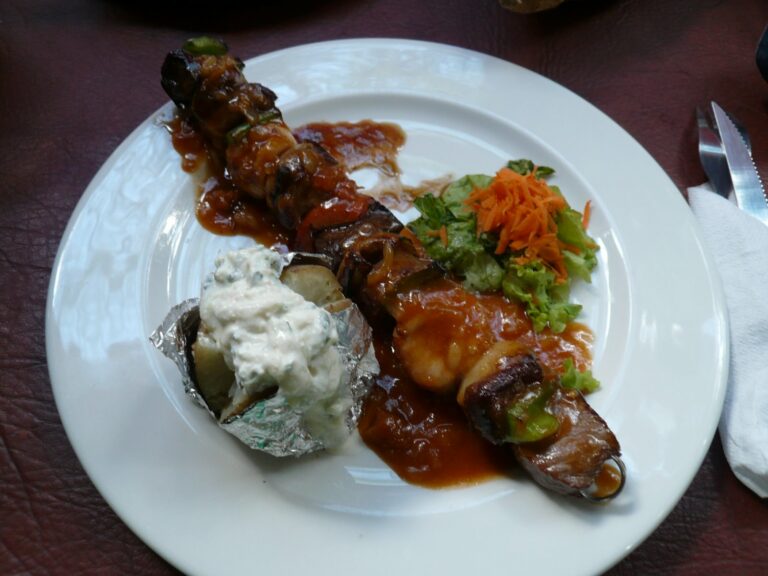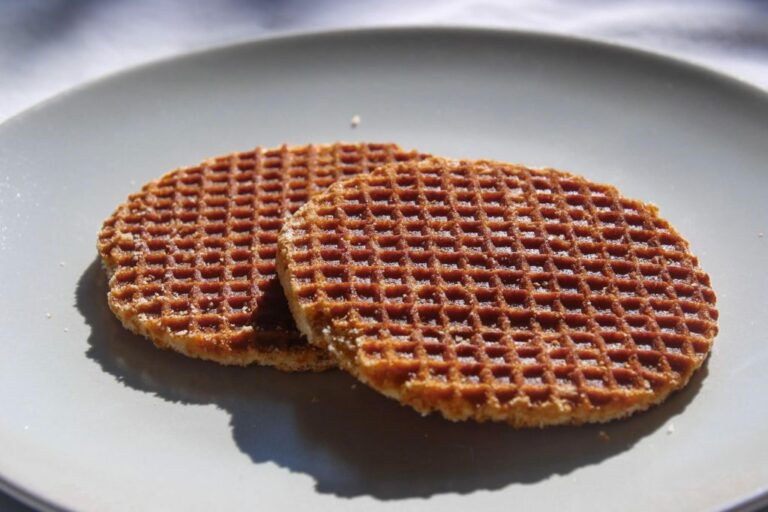Introduction: Namibian Cuisine and Dietary Restrictions
Namibian cuisine is a blend of African and European influences, with its own unique twist. However, for those with dietary restrictions, finding suitable dishes can be challenging. Gluten-free and lactose-free options are becoming increasingly important for those with celiac disease or lactose intolerance. Additionally, vegetarian and vegan options are gaining popularity, along with low-carb options for those on a ketogenic diet. This article will suggest some Namibian dishes that cater to these dietary requirements.
Gluten-Free Namibian Dishes for those with Celiac Disease
Celiac disease is an autoimmune disorder that affects the small intestine, causing an adverse reaction to gluten. Namibian cuisine includes many dishes that are naturally gluten-free, such as grilled meats, fish, and vegetables. One popular gluten-free Namibian dish is Kapana, which consists of grilled meat served with a variety of dipping sauces. Another is Oshifima, a porridge made from maize flour, which is a staple in the country.
For those who are craving a bread-like substance, Meme, a traditional flatbread made from millet, is a good option. Alternatively, rice dishes such as Omajova, which is a slow-cooked beef stew served over rice, are also gluten-free. It is always best to double-check with the restaurant or chef before ordering to ensure that the meal is entirely gluten-free.
Lactose-Free Namibian Dishes for those with Lactose Intolerance
Lactose intolerance is a common digestive disorder that affects the ability to digest lactose, a sugar found in milk and dairy products. Namibian cuisine includes many dishes that are naturally lactose-free, such as grilled meats, vegetables, and stews. One popular Namibian dish that is suitable for those with lactose intolerance is Potjiekos, which is a meat and vegetable stew that is cooked slowly over an open fire.
Alternatively, for those who are looking for a snack or side dish, Kapana is a good option. This grilled meat dish is served with a variety of dipping sauces, which are usually dairy-free. Other options include Oshifima, Meme, and Omajova, which are all lactose-free. Again, it is essential to double-check with the restaurant or chef before ordering to ensure that the meal is entirely lactose-free.
Vegetarian and Vegan Namibian Dishes for Plant-Based Diets
Vegetarianism and veganism are becoming more popular worldwide, and Namibian cuisine can cater to these dietary requirements. One popular vegetarian Namibian dish is Oshifima, the maize porridge mentioned earlier, which is sometimes served with a tomato and onion sauce. Another option is Kapana, which can be made with grilled vegetables instead of meat.
For those following a vegan diet, a traditional dish called Mielie Pap is a good option. This dish is made from ground maize and is served with a spicy tomato sauce. Alternatively, many Namibian restaurants offer a vegetable stir fry with rice, which is vegan-friendly. It is always best to check with the restaurant or chef before ordering to ensure the meal is entirely plant-based.
Low Carb Namibian Dishes for those on a Ketogenic Diet
The ketogenic diet is a low-carb, high-fat diet that has gained popularity in recent years. Namibian cuisine includes many low-carb options, such as grilled meats, fish, and vegetables. One popular low-carb Namibian dish is Potjiekos, the meat and vegetable stew mentioned earlier.
For those who are looking for a low-carb side dish, Meme is an excellent option. This traditional Namibian flatbread is made from millet flour and has a low-carb content. Alternatively, grilled vegetables, such as peppers, onions, and mushrooms, are also a good option. As always, check with the restaurant or chef before ordering to ensure that the meal is entirely low-carb.
Conclusion: Enjoying Namibian Cuisine with Dietary Restrictions
Namibian cuisine offers many options for those with dietary restrictions. Gluten-free, lactose-free, vegetarian, vegan, and low-carb options are all available. It is always best to double-check with the restaurant or chef before ordering to ensure that the meal is entirely suitable for your dietary requirements. With a bit of research and careful ordering, those with dietary restrictions can enjoy the unique flavors and dishes of Namibian cuisine.


